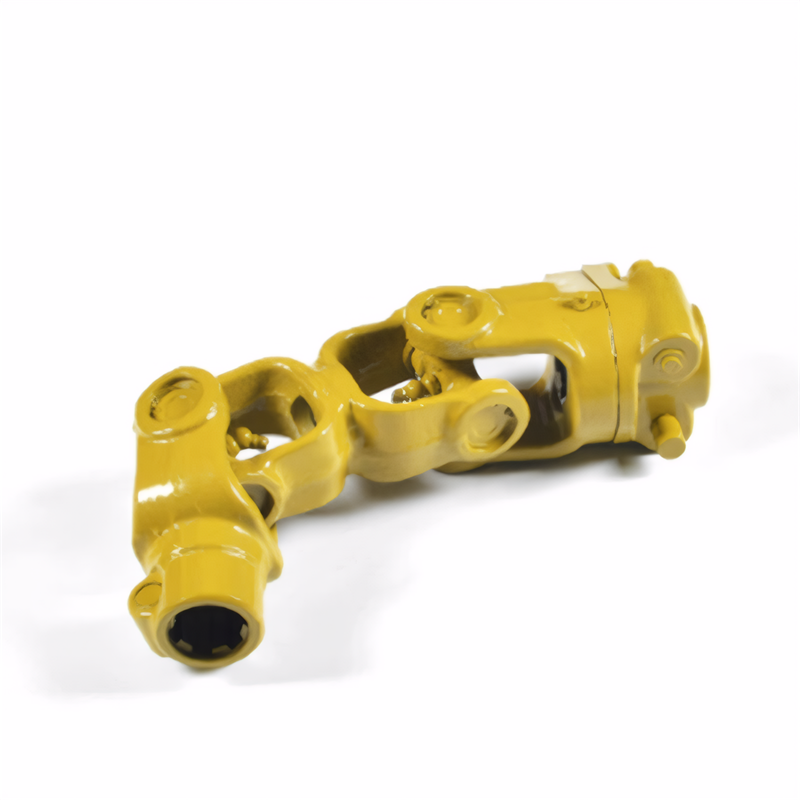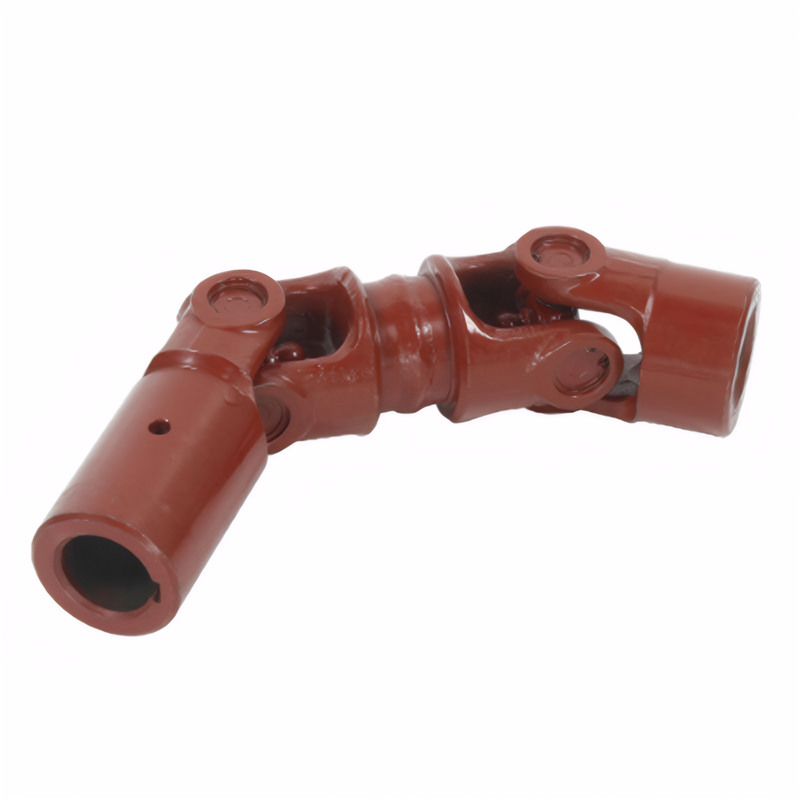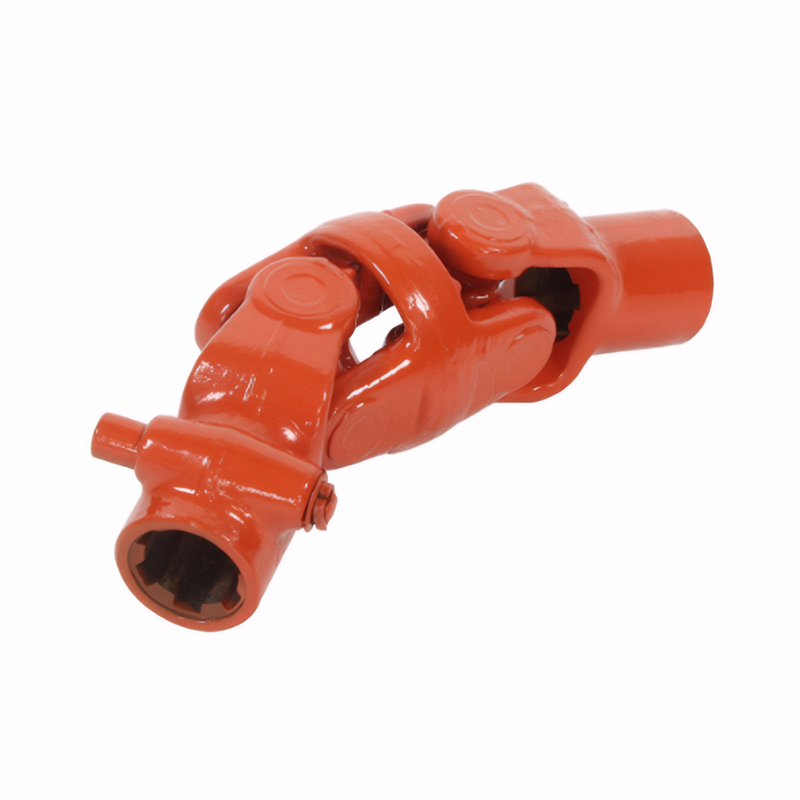Detection equipment for unbalanced transmission shafts
Detection Equipment for Transmission Shaft Imbalance
Transmission shaft imbalance is a common issue that can lead to excessive vibration, noise, and even premature failure of vehicle components. To accurately diagnose and resolve this problem, specialized detection equipment is essential. This article explores the key types of equipment used for detecting transmission shaft imbalance, highlighting their features and applications.
Understanding Transmission Shaft Imbalance
Before delving into detection equipment, it's crucial to understand what causes transmission shaft imbalance. Imbalance occurs when the mass distribution along the shaft is uneven, leading to centrifugal forces during rotation. These forces generate vibrations that can be felt throughout the vehicle, affecting ride comfort and component longevity. Common causes include manufacturing defects, wear and tear, and improper installation or maintenance.
Types of Detection Equipment
Dynamic Balancing Machines
Dynamic balancing machines are the cornerstone of transmission shaft imbalance detection. These sophisticated devices measure the imbalance of rotating components by analyzing the vibrations they produce. They typically consist of a rigid frame, a driving mechanism, vibration sensors, and a control system.
Key Features:
- High Precision: Dynamic balancing machines can detect minute imbalances, ensuring accurate corrections.
- Versatility: They can accommodate various shaft sizes and configurations, from single-section to multi-section transmission shafts.
- Automation: Many modern machines feature automated measurement and correction processes, reducing human error and improving efficiency.
- Data Analysis: Advanced models provide detailed reports on imbalance magnitude, phase angle, and recommended correction weights, facilitating precise adjustments.
Vibration Analysis Instruments
In addition to dynamic balancing machines, vibration analysis instruments play a vital role in diagnosing transmission shaft imbalance. These handheld or portable devices measure vibrations at different points along the shaft and analyze their frequency spectrum to identify the source of the problem.
Key Features:
- Portability: Vibration analysis instruments are designed for on-site use, allowing technicians to quickly assess transmission shaft health without removing the component from the vehicle.
- Real-Time Monitoring: Some models offer real-time vibration monitoring, enabling continuous assessment of shaft balance during operation.
- Multi-Parameter Analysis: They can measure various vibration parameters, such as amplitude, frequency, and phase, providing a comprehensive view of shaft behavior.
- Diagnostic Capabilities: Advanced instruments incorporate intelligent diagnostic algorithms that can distinguish between imbalance and other vibration-related issues, such as misalignment or bearing wear.
Field Balancing Instruments
For situations where removing the transmission shaft for balancing is impractical or time-consuming, field balancing instruments offer a convenient solution. These devices allow technicians to perform dynamic balancing directly on the vehicle, eliminating the need for disassembly and reassembly.
Key Features:
- On-Vehicle Balancing: Field balancing instruments enable technicians to balance the transmission shaft while it remains installed in the vehicle, saving time and labor.
- Wireless Connectivity: Many models feature wireless data transmission, allowing technicians to monitor and control the balancing process remotely.
- User-Friendly Interface: They typically have intuitive interfaces with step-by-step instructions, making them accessible to technicians of varying skill levels.
- Compatibility: Field balancing instruments are compatible with a wide range of transmission shaft types and vehicle models, ensuring versatility in different repair scenarios.
Application Considerations
When selecting detection equipment for transmission shaft imbalance, several factors should be considered to ensure optimal performance and accuracy:
- Shaft Specifications: Choose equipment that can accommodate the size, weight, and configuration of the transmission shaft being tested.
- Measurement Range: Ensure the equipment has a sufficient measurement range to detect both minor and major imbalances.
- Accuracy and Repeatability: Look for devices with high accuracy and repeatability to ensure consistent results across multiple tests.
- Ease of Use: Consider the equipment's user interface and operational complexity, especially if it will be used by technicians with varying levels of experience.
- Maintenance and Support: Opt for equipment from reputable manufacturers that offer reliable maintenance and technical support services.
 Accuracy requirements for the
Accuracy requirements for the
 Selection of universal joint t
Selection of universal joint t
 Standard for coaxiality error
Standard for coaxiality error
 Requirements for the surface r
Requirements for the surface r
 简体中文
简体中文 English
English
